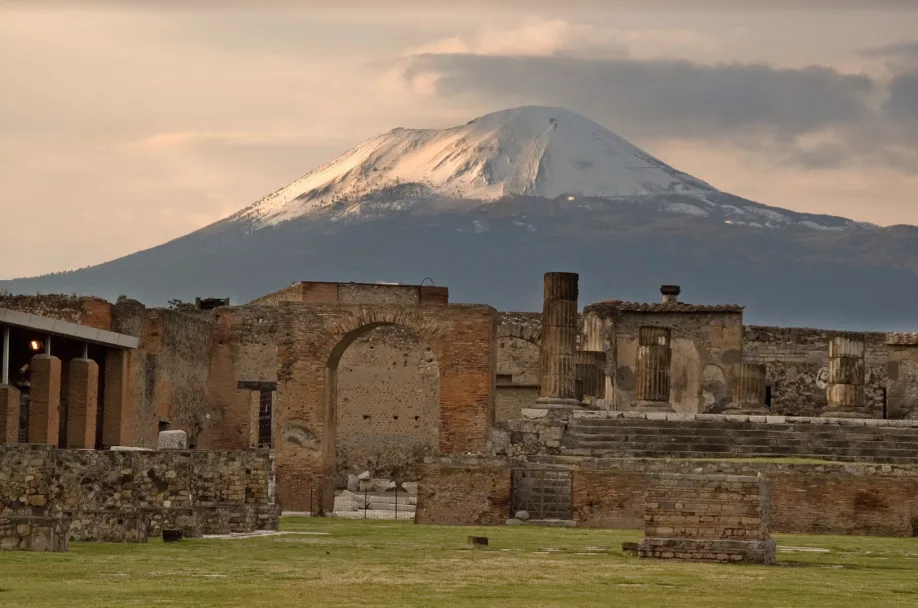
August 24th, 79 AD - Mount Vesuvius Revisited
On the morning of August 24th, 79 AD, Mount Vesuvius erupted in southern Italy, devastating the Roman cities of Pompeii and Herculaneum. The eruption was one of the deadliest in European history.
The volcano spewed a cloud of super-heated tephra and gases to a height of 33 km, ejecting molten rock, pulverized pumice and hot ash at 1.5 million tons per second, ultimately releasing 100,000 times the thermal energy of the Hiroshima and Nagasaki bombings during World War II.
The local population was unprepared and thousands of people were killed. The official death toll is unknown as the remains of only 2,000 people have been found so far.
Today, Mount Vesuvius is the only active volcano on the European mainland. Its last eruption was in 1944 and if another one occurs, it could be devastating for the 700,000 people who live in the area.
On today’s podcast, we take an in-depth look at the signs leading up to the eruption, we question if anyone could have survived, and what would happen if Vesuvius erupts again.
"This Day In Weather History” is a daily podcast by The Weather Network that features unique and informative stories from host Chris Mei. Click here to listen and subscribe






